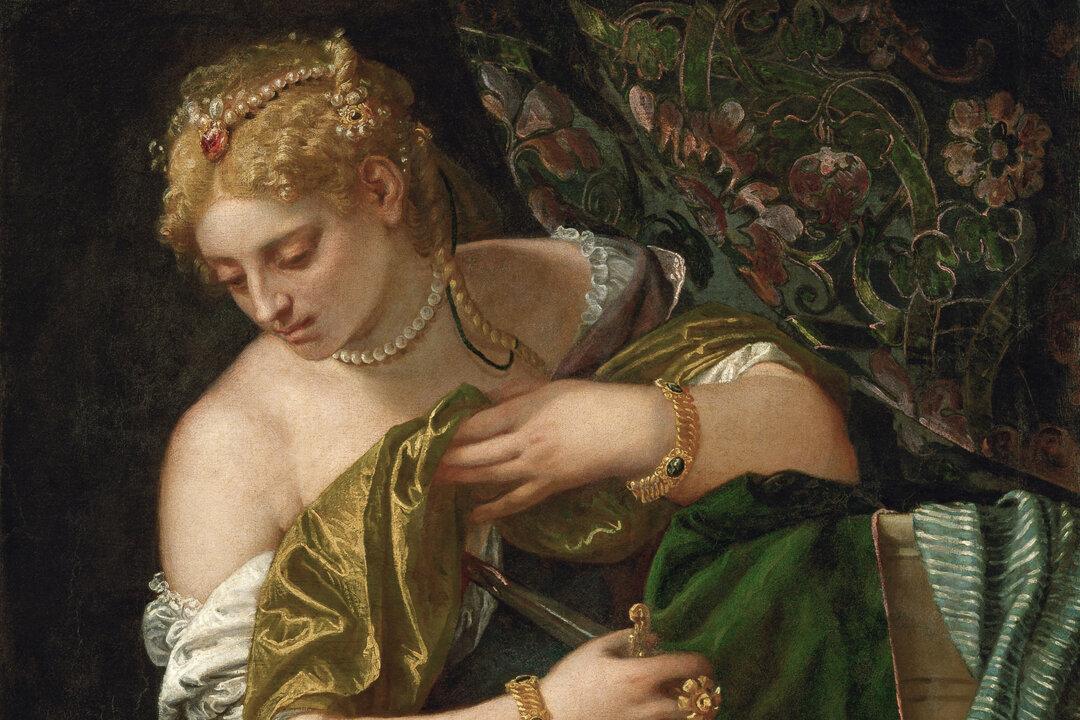No two women of pre-Christian antiquity have been as celebrated for their beauty and chastity as the Hebrew Susanna and the Roman Lucretia. Both women are famous for their responses to being forced to choose between adultery and death.
For millennia, the women have been depicted in art. But there is a paradox: Artists rarely emphasized the women’s moral qualities until Paolo Veronese (1528–1588). While some artists took visual liberties with the narrative, Veronese chose to depict the women as the stories intended—virtuous women falsely accused of adultery.





